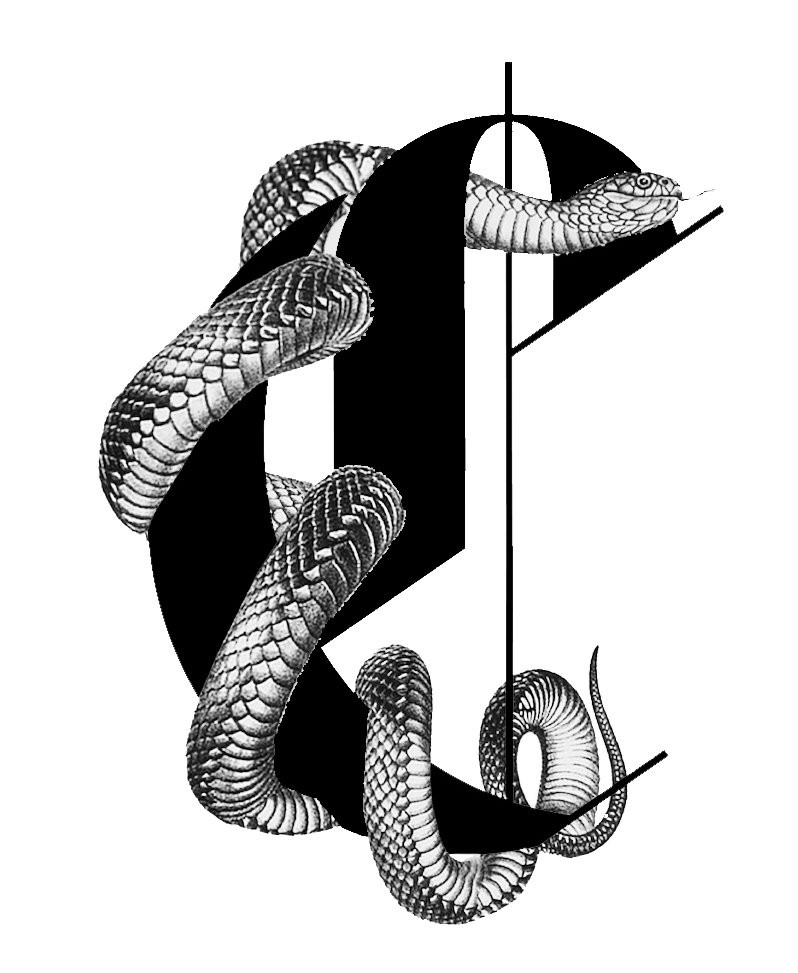What is Classical Tantra?
and its practical application to transform our modern lives
What is Classical Tantra?
Rooted in the teachings of the ancient scriptures known as the Agamas and the Tantras, Classical Tantra (also known as Kashmir Shaivism and Nondual Saiva Tantra) flourished between the 8th and 12th centuries CE in the mystical valley of Kashmir.
Classical Tantra is distinguished by its emphasis on the direct experience of divine consciousness, transcending intellectual understanding and delving into the essence of existence.
Classical Tantra offers a unique and transformative approach to spiritual awakening, emphasizing direct experiential realization over mere intellectual understanding. In the sacred teachings of Classical Tantra, we discover a timeless invitation to realize our divine nature and experience the world in a state of inter-being.
-
Kashmir Shaivism (Classical Tantra or non dual Shaiva Tantra), is a philosophical tradition originating in ancient India, espouses several key principles that elucidate its understanding of reality and consciousness:
Shiva Tattva: At the heart of Classical Tantra is the concept of Shiva Tattva – the ultimate reality, the unchanging and formless essence of all existence. Shiva is not merely a deity but the pure consciousness that pervades everything in the universe.
Shakti: The dynamic, creative force of Shiva is personified as Shakti, the divine feminine energy. The interplay between Shiva and Shakti is central to Classical Tantra, representing the dance of cosmic energies that give rise to the diversity of the universe.
Spanda: The philosophy of Spanda, meaning "vibration" or "pulsation," is crucial in Classical Tantra. It describes the dynamic, ever-changing nature of the universe and the continuous pulsation of divine energy manifesting in every aspect of existence.
-
Shiva Sutras and Tantric Rituals:
The Shiva Sutras, a foundational text of Classical Tantra, expound on the principles of the path to self-realization. Tantric rituals, involving mantra chanting, visualization, and meditation, serve as practical tools to connect with the divine and transcend the limitations of the material world.
Hridaya (Heart) Worship:
Classical Tantra places a special emphasis on the worship of the heart center as the seat of divine consciousness. Practitioners engage in rituals and meditative practices aimed at awakening the divine presence within the heart.
Self-Inquiry and Contemplation:
The path of self-inquiry involves profound introspection and contemplation to recognize the limitations of the ego and the true nature of the self. Through practices like self-reflection and meditation, seekers strive to go beyond conceptual understanding to directly experience their divine essence.


